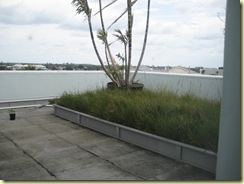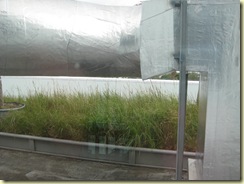According to the AIA Guidelines for design and construction of Healthcare Facilities, 2006: “The built environment has a profound effect on health, productivity, and our natural environment. Health Care facilities shall be designed within a framework that recognizes the primary mission of health care (including “first, do no harm”) and that considers the larger context of enhanced patient environment, employee effectiveness and resource stewardship.” Environment of Care Section 1.2 in the AIA Guidelines for the Design and Construction of Healthcare Facilities 2006
Recent research has shown that healing gardens and healthcare site design can positively and negatively affect health outcomes. (Ulrich 1986, McLaughlin et al. 1996) Designing for healthcare facilities has a number of critical considerations that are above and beyond a typical design project. Hospital Administration or Facility Departments are often who we consider ‘our client’, since they are usually who hires us and pays for the design. We always have to keep in mind, however, that we are designing for the patient. There are a large variety of patient types and each has unique needs that the design must take into consideration in order to “do no harm”
Information is available on specific needs of different patient types in books, journals and on the web; talk to department clinicians regarding their patients’ needs as well. Research the growing body of information on how the design of the physical environment affects patients before you begin your design. Good sources for research are HERD, The American Horticultural Therapy Association’s Journal, The Center for Healthcare Design and Informedesign. If at all possible, attend one of the seminars that are offered all over the country on healing garden and healthcare site design. Find books specific to your patient type and study them. Be sure to interview Clinical Staff to make sure that you understand how your garden will fit into the facility. Coordinate focus groups with patients to better understand their perspective. Be sure to follow up after the project is completed to learn if any adjustments are needed to make the garden truly healing.


